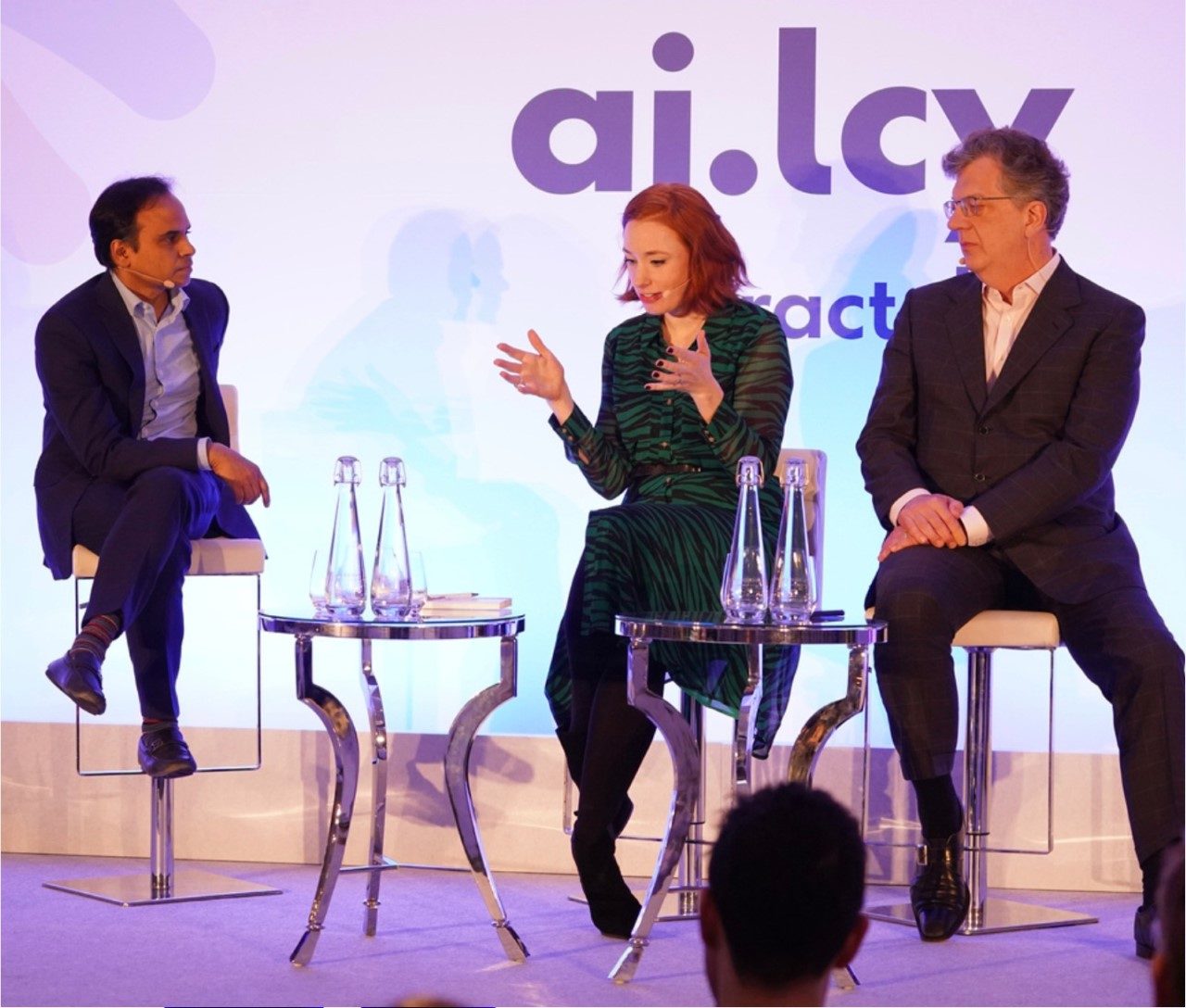
There have been 163 confirmed COVID-19, or novel coronavirus, cases in the UK, with public health officials under pressure to limit the further spread of the virus. This has resulted in some school closures, office workers from some organisations being advised to work from home, and the cancellation of several public events.
For mathematician Dr Hannah Fry mathematical models, powered by data, could be a “powerful ally” in responding to the coronavirus outbreak.

Access deeper industry intelligence
Experience unmatched clarity with a single platform that combines unique data, AI, and human expertise.
According to the World Health Organisation, data analytics could be effective in “building accurate models of disease progression”. A greater insight into how populations move and interact could be key in creating a plan of action; who to vaccinate, whether certain public places should be closed, and how resources should be allocated.
Dr Hannah Fry is the associate professor in the mathematics of cities at the Centre for Advanced Spatial Analysis at UCL, and is also an author and a radio and television presenter.
Speaking at AI.LCY, a conference held by artificial intelligence company Fractal Analytics in London, Dr Hannah Fry explained how mathematical models can help in responding to disease outbreaks.
“When you’re deciding whether to close schools, to close train stations, to cordon off different areas, you have to do a cross-benefit analysis. It’s not as simple as saying close this school and you’re done”, explains Fry. “Young kids have intergenerational mixing that older adults don’t have. They have much more contact across the generations. So it’s not as simple as closing schools and everything is fixed. What you need are really effective mathematical models that are capable of predicting how things will spread in option A versus option B.”

US Tariffs are shifting - will you react or anticipate?
Don’t let policy changes catch you off guard. Stay proactive with real-time data and expert analysis.
By GlobalDataHowever, this relies on comprehensive population data.
“Up until now, the gold standard in the UK on how much we intermix, that these models are based on, is a paper survey from 200 of 1000 people” says Fry. “We have no idea how people in the UK actually move around, how far we travel, how many people you come into contact with, no idea what’s going on.”
In other words, data on how individuals interact with others is limited. In an article for the Telegraph, Fry wrote: “Quite how that spread would occur has previously been limited to vast assumptions based on surveys and small data sets, leaving us open to finding out as and when it happens.”
In 2018, Fry presented Contagion! The BBC Four Pandemic, a documentary in which the spread of a virus was simulated in order to help plan for future outbreaks. In the documentary, volunteers “infected” with a fictional virus were tracked using an app to map who they interacted with, providing valuable data which researchers could then use to simulate how a disease outbreak could spread.
She explains that using data from sources such as this could be a valuable tool in controlling disease outbreaks:
““A couple of years ago I did a project with the BBC where people volunteered to be tracked….now it’s about analysing that data as quickly as we possibly can, while brainstorming about the worst possible case scenario if we released this data and people’s individual privacy could be violated if we do, and using all kinds of pattern recognition and machine learning techniques as quickly as we possibly can, maybe not on the biological side to halt the disease, but help make the strategic decision making process as accurate as possible.”







